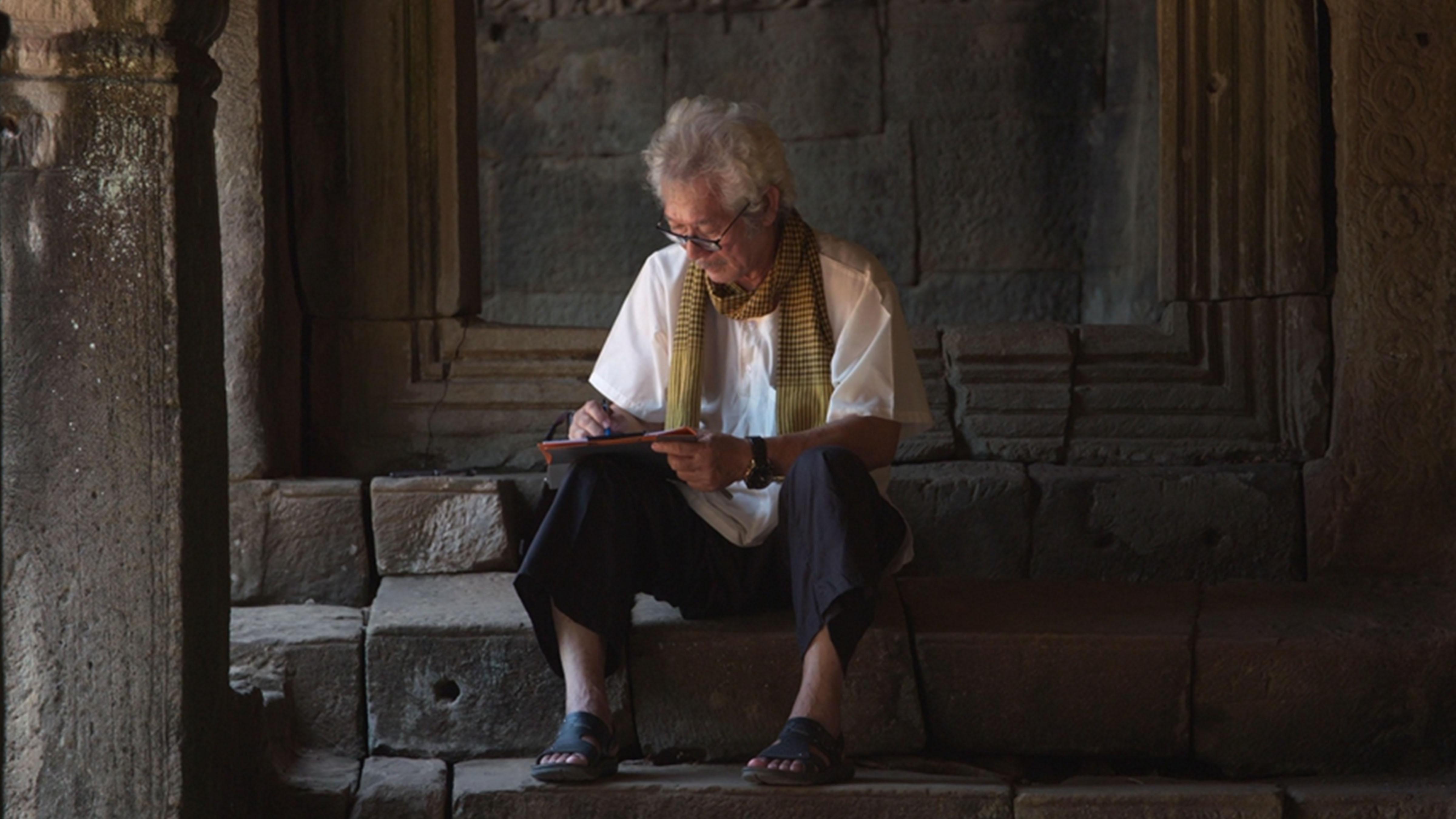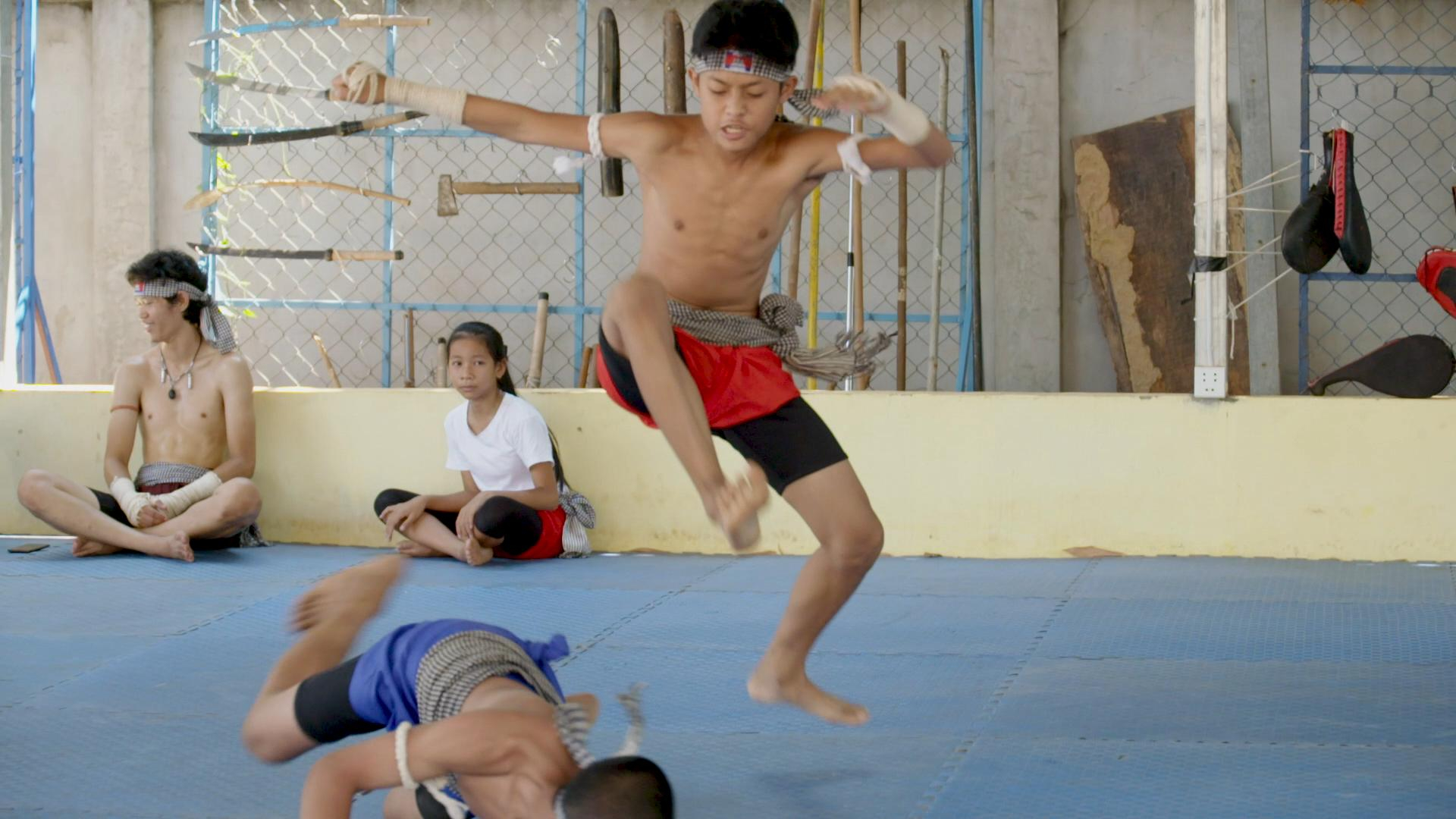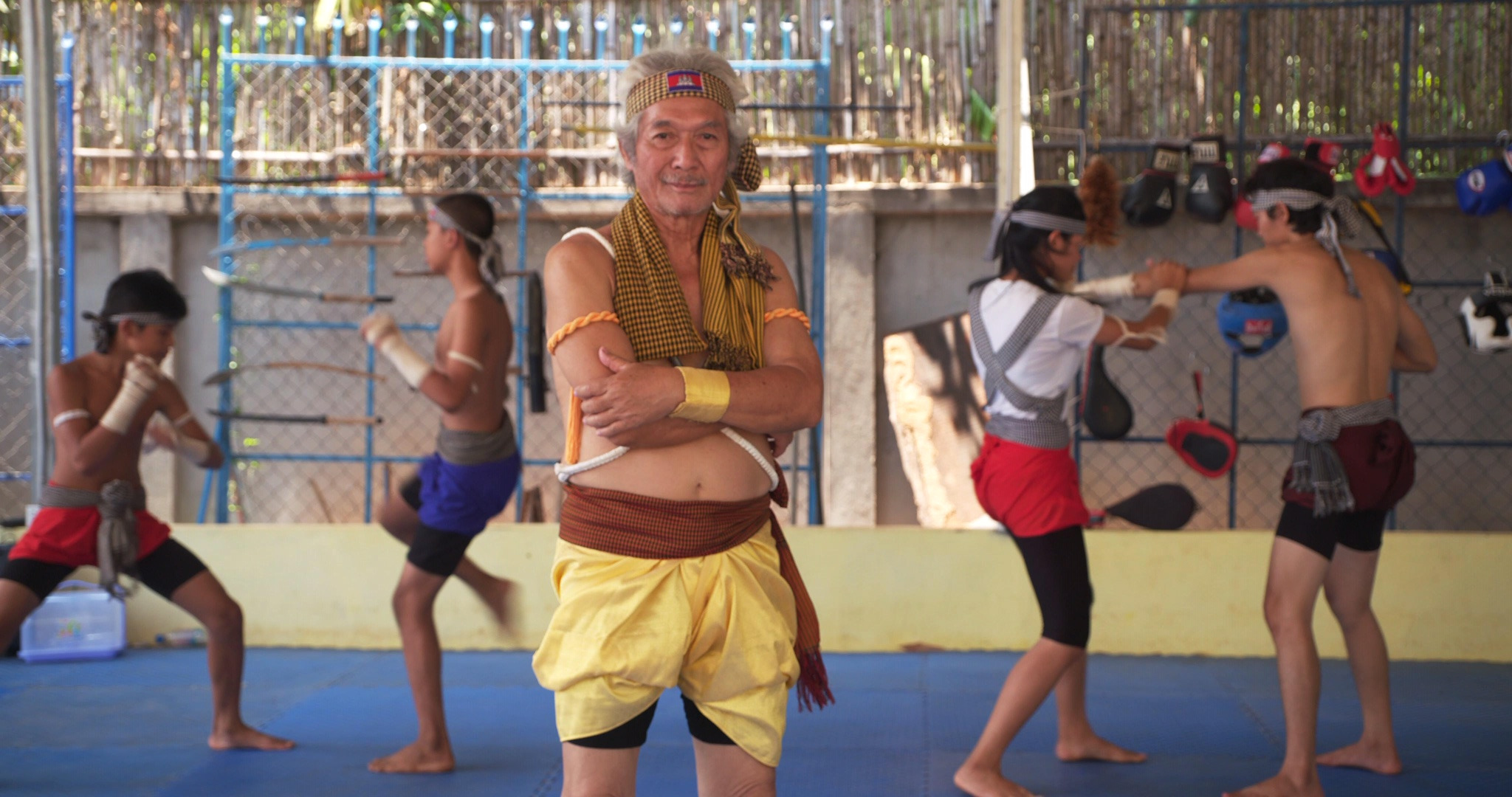
Asia Pacific
15:57, 21-May-2019
Bokator is back in the history books
Updated
16:38, 22-May-2019
CGTN
03:55

The Khmer martial art form is unique as every single part of the body can be used as a weapon, but it was almost wiped out in this generation.
Even at 74 years of age, Bokator Grand Master San Kim Sean is still a force to be reckoned with. As the founder of the Cambodia Kun Bokator Federation and the Cambodia Kun Bokator Academy, he is often referred to as the father of the modern-day sport because he has single-handedly written and illustrated the rulebook for the ancient martial art form.
Bokator practitioners believe that it is one of the oldest martial art forms in Southeast Asia, being created 1,700 years ago on the battlefields of the ancient Khmer Empire. Stone carvings on ancient temple walls in Angkor support this story, depicting historic battle scenes.
San studied bokator as a young boy and had dreams of becoming a martial arts movie star. However, when the Khmer Rouge came to power in 1975, bokator practitioners were forced to hide their training, as they were seen as a threat to the government's control.

Bokator is unique as every single part of the body can be used as a weapon. /CGTN Photo
Bokator is unique as every single part of the body can be used as a weapon. /CGTN Photo
"It was lost after some generations. People just forgot about it. And during the Khmer Rouge (period), it was even almost extinct," said San Angkor Reach Van, Grand Master San's son and bokator instructor.
"I feel lucky to be born to Grand Master San. He is like a living legend. He did everything he had to do to stay alive during the Khmer Rouge (period), to protect the best martial art, to pass it down to the next generation, or else it will be extinct," explained San.
Grand Master San eventually fled to America, where he taught Korean martial arts, as there was no formal structure to teach bokator. But, in 1993, a longing to revive his cherished martial art drove him to leave his family in the U.S. and return to Cambodia for good to revive the sport.
Since then, he has focused his attention on fighting for the future of bokator and Cambodian cultural heritage.

Grand Master San is teaching a new generation of Cambodians bokator techniques to ensure that the ancient martial art form survives him. /CGTN Photo
Grand Master San is teaching a new generation of Cambodians bokator techniques to ensure that the ancient martial art form survives him. /CGTN Photo
When he returned, San traveled across Cambodia searching out other bokator masters, who were often too traumatized from the war to speak about their forgotten martial art training.
Originally passed down orally from master to student, with time working against him, San decided to break with tradition and record the 10,000 techniques he holds in his memory. So far, San has sketched 5,000 bokator poses for a new generation of athletes and fighters, to ensure that the martial art form will outlive him.
In 2017, documents were submitted by Cambodian authorities to request that bokator be included in the UNESCO Intangible Cultural Heritage list. A decision from UNESCO is expected in 2020. Bokator is already a member of the World Martial Arts Union, which represents 62 martial art forms across the world.
"When I die, I'll be smiling. I just say, my job (is) for my country, for my culture and for Cambodia. I will die with honor because I worked so hard for our culture, for our people. I got (the martial arts) and gave it to the government, gave it to the people, gave it to my young generation. That's my dream," said Grand Master San.

Infographic: Martial Arts in Asia. /CGTN Photo
Infographic: Martial Arts in Asia. /CGTN Photo
(Cover photo: Grand Master San sketches bokator techniques he has learnt through his training. /CGTN Photo)

SITEMAP
Copyright © 2018 CGTN. Beijing ICP prepared NO.16065310-3
Copyright © 2018 CGTN. Beijing ICP prepared NO.16065310-3